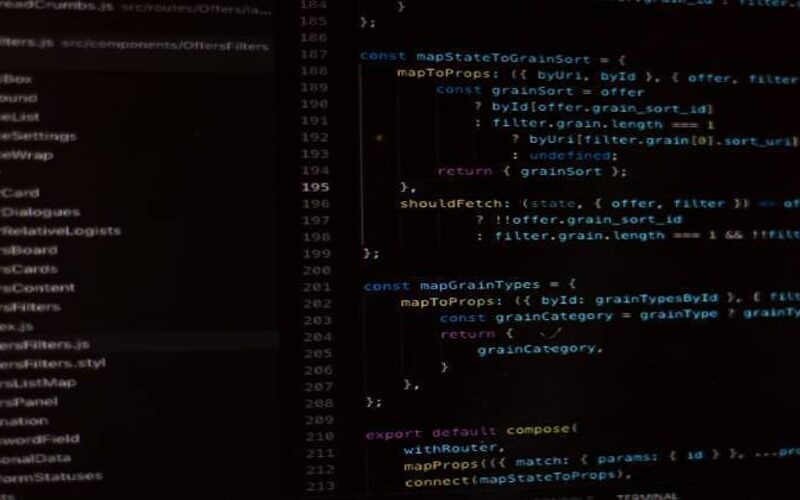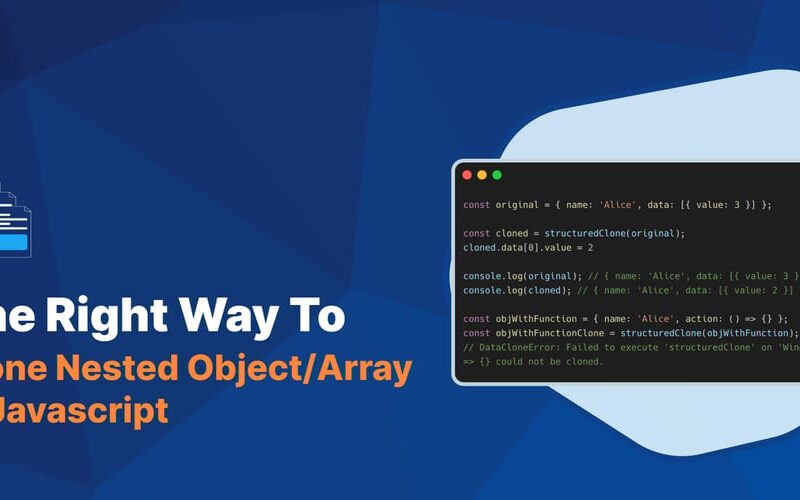21
Jun
In my recent post about AI-UI, I touched on why I developed the library. I wanted declarative markup I wanted type-safe component encapsulation, with composition & inheritance I wanted a small, fast client-side solution with no complex build process (or any build process!) ...but most importantly... I didn't want to learn a whole new API just to manipulate data I already have in my app In my single page apps, I've got remote APIs and endpoints that supply data. Sure, I might want to do a bit of arithmetic, sorting, formatting, but basically, I want to say to the UI:…




![[DAY 57-59] I learned React & Redux](https://pulsatingnews.xyz/wp-content/uploads/2024/06/DAY-57-59-I-learned-React-Redux-800x500.png)





